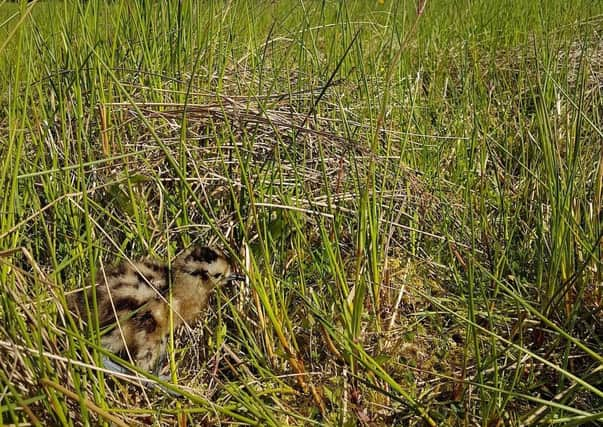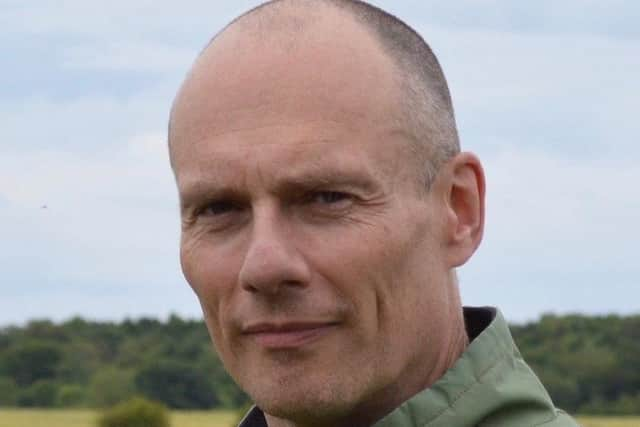Help curlews fly into a brighter future – Dr Dave Parish


A major driver of decline is loss of quality habitat, related to agricultural intensification, but there is also evidence for increasing predation of nests and chicks. These factors probably interact with higher predation rates in sub-optimal habitats. Urgent action is required to understand how to improve curlew habitats and breeding success and then to apply remedial measures across large areas of the countryside.
There are still significant gaps in our knowledge about the needs of curlew. It is crucial we find out how to manage important habitats in Scotland over large areas, and how we might improve productivity to the point where sufficient chicks survive to maintain populations.
Advertisement
Hide AdAdvertisement
Hide AdThe Game & Wildlife Conservation Trust is hoping to tackle these issues from its demonstration farm, Auchnerran, on Deeside, where there is still a reasonable population of breeding curlew, and intends to study the productivity and movements of curlew there, and on other farms in the area, principally by tagging adult birds so we can follow exactly where they go in considerable detail.


This work began in 2018 on a small scale and is already yielding fascinating results, but we now need to scale it up to follow more birds from different sites. Unfortunately, Covid-19 has forced us to pause this work as fundraising has become almost impossible.
Early results from Auchnerran have highlighted the short distances our two tagged birds to date have travelled when away from the nest. This is encouraging as it suggests they don’t have to go far to find suitable foraging habitat; this is advantageous because it wastes less time and means they are close enough to the nest to help deter roaming predators when the need arises.
If funding is available, future research will investigate how far curlew are prepared to travel if the required habitats are not nearby and how this affects breeding productivity. This would be invaluable in helping land managers distribute key habitats across the landscape.
The factor which is increasingly found to be limiting productivity, or the number of chicks produced by a breeding pair, is predation. Most of this seems to be due to foxes and various species of crow. At Auchnerran, we want to learn more about how important predation is and which predators are most significant at different times and places.
In future, we therefore hope to deploy trail cameras at as many nests as we can find, both on the farm and at nearby sites too.
This will allow the accurate determination of the ultimate fate of eggs laid and, crucially, reveal which predators are raiding nests. Chicks leave the nest very soon after hatching, so we also hope to radio-tag some to look at where they go and whether predators have an important impact on them too.
Understanding the nature of predation also facilitates discussion regarding the appropriate balance of productive farming, habitat management for environmental benefits and predator control.
Advertisement
Hide AdAdvertisement
Hide AdThe output from this research continues to influence our practical advice both to farmers and to stakeholders with regard to agri-environment scheme design.
If you would like more information on this project, or of other work taking place at Auchnerran, please get in touch [email protected]
Dr Dave Parish, Head of Scottish Lowland Research, Game & Wildlife Conservation Trust
Comments
Want to join the conversation? Please or to comment on this article.